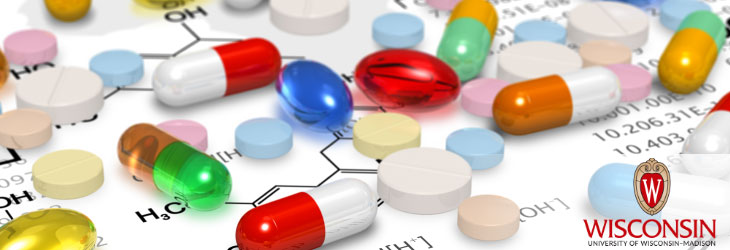Therapeutics & Vaccines

LPS Priming of Stromal Cells to Generate LPS-specific Exosome Educated Macrophages
WARF: P170215US02
Inventors: Peiman Hematti, John Kink, Christian Capitini
The Wisconsin Alumni Research Foundation (WARF) is seeking commercial partners interested in novel methods for making and using an ex vivo generated population of educated macrophages specific to lipopolysaccharide (LPS) that promote tissue repair.
Overview
Currently there are no cell therapies approved for use against acute radiation injury (ARS). Severe ARS can cause death and the only cell treatment is allogenic bone marrow transplantation (BMT). Unfortunately, treatment preventing radiation damage by BMT should occur within days for optimal efficacy but the entire BMT process can often takes weeks and are difficult to perform large-scale in the event of a widespread exposure. Moreover, allogeneic BMTs have their own set of complications, including engraftment failure or graft-versus-host-disease (GVHD), making them potentially as toxic as the radiation injury itself. Unfortunately, this therapy is also extremely costly. The most commonly used cell types in clinical trials for cellular regenerative therapies for a wide range of diseases consists of Mesenchymal stem cells (MSC)'s, hematopoietic stem cells, and endothelial cells. Mesenchymal stem cells are involved in homeostasis, and help orchestrate the polarization of macrophages and other cells such as T-cells to the appropriate phenotype depending on stage of trauma or injury. Macrophages can polarize generally into two broad phenotypes: classically activated (Ml) macrophages, which mediate tissue damage and are considered "pro-inflammatory," or alternatively activated (M2) macrophages, which contribute to wound healing and tissue repair and are "anti-inflammatory." The prevalence and timing of one phenotype over another during a microbial infection and tissue injury is critical for the resolution of inflammation, repair and return to good health. Therefore, the generation of large amounts of the appropriate type of macrophage from the conversion of M0 macrophages for use to reduce inflammation and facilitate tissue repair in diseases provides a basis for an effective cell-based therapeutic strategy.
The Invention
UW-Madison researchers have discovered a strategy to produce therapeutic macrophages using secreted extracellular vesicles (EVs) from mesenchymal stems cells (MSCs). Lipopolysaccharide (LPS), which is normally extremely inflammatory in nature, was found to help drive the production of augmented EVs in a dose dependent fashion. The exposure of augmented EVs to macrophages can produce much stronger educated reparative macrophages that the conventional EV educated macrophages (EEMs). In particular, a type of augmented EEMs, (LPS-high EEMs) have been found to be more effective in preventing ARS in a mouse model, in part by restoring hematopoiesis after radiation challenge. The more potent therapeutic augmented EEMs have a unique molecular and functional profile compared to native macrophages or the standard EEMs, when characterized using methods such as flow cytometry, ELISA, qPCR and a functional cell-based in vitro assay. This discovery allows the production of stronger therapeutic macrophages than otherwise produced allowing better therapeutic outcomes against radiation damage or tissue repair in animal models and clinical trials.
Applications
- LPS high EEMs can prevent death and significantly restore erythropoiesis, leukopoiesis and thrombopoiesis in rodents after lethal radiation, suggesting that LPS high EEMs is a potential therapy for radiation damage
- M2 phenotypes of their EEMs can be effective in organ-specific tissue repair and wound healing
Key Benefits
- LPS-high EEMs administered IV are significantly more effective in treating ARS compared to other macrophages or MSCs
- Provides an improved way to generate EVs from MSCs which have enhanced reparative properties and a unique molecular and functional profile compared to native macrophages or non-augmented EEMs
Stage of Development
The molecular and functional profiles of augmented EEMs have been characterized using flow cytometry, ELISA, qPCR and a functional cell-based in vitro assay. The efficacy of these augmented EEMS in a mouse model of acute radiation injury has been demonstrated.
Additional Information
For More Information About the Inventors
Tech Fields
For current licensing status, please contact Andy DeTienne at [javascript protected email address] or 608-960-9857